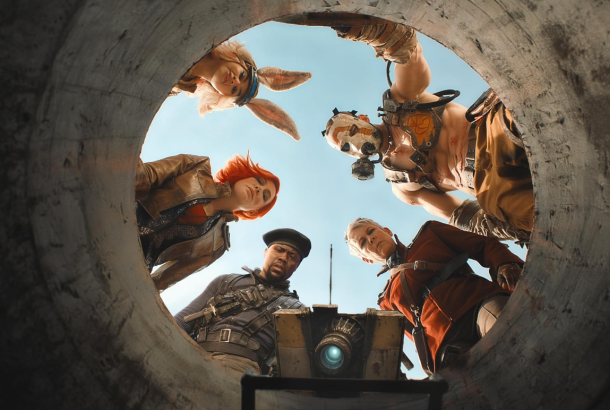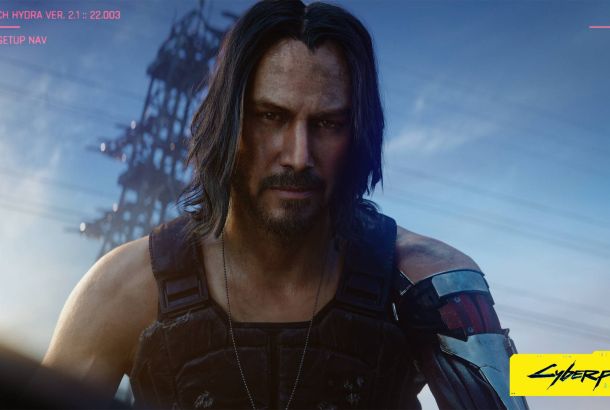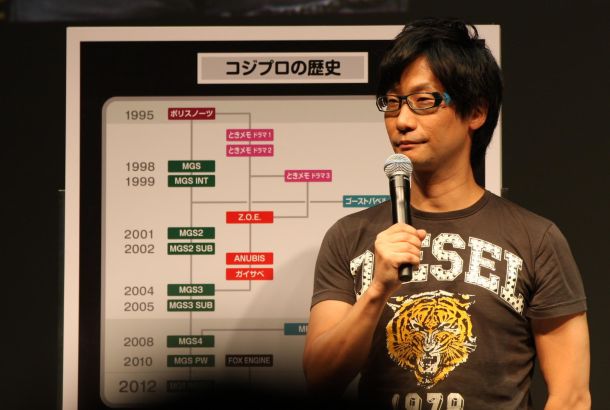An Island in the Sun – Super Mario Sunshine
The first real gaming platform I lived on for years was the GameCube. An old console you may have heard of released by good ol’ Nintendo back in 2001. The infamous Cube was home to some of Nintendo’s greatest endeavours in its 125-year long existence. The game that defined the GameCube for me, but also created the greatest controversy of any Nintendo game at the time, was Super Mario Sunshine.
The first thing you will notice upon booting up Super Mario Sunshine is the sun. It is prominent throughout and is even in the title of the game. You would have probably realised by now that Sunshine is heavily influenced by the tropics, somewhere like the Caribbean. This was a daring change for Nintendo at the time, especially coming hot off the release of Super Mario 64. The visual style of the game was a complete departure from previous Mario games. With Mario’s latest adventure, it turns out he has grown tired of fighting Bowser (a big stinky turtle), saving princesses and eating mushrooms—he now just wants to relax in the sun.
As a kid back then, the game looked stunning and refreshing. It had a warm, inviting atmosphere that made you wish you could visit the game’s island paradise called Isle Delfino. It is smack gorgeous and stands the test of time despite being over 12 years old. The art style carries across to the varying game environments you will be running around in. These locations include a picturesque hotel on a beach, a theme park, a dock and many more inspired areas that resemble the real world. However, although these levels are beautiful with intelligent design, with aesthetics that are classic Nintendo, they are quite small. For fans of Mario 64, they will be disappointed by the new aesthetic if they were looking for a Mario 128.
It is this disappointment that might drive some long-time Mario fans away. Despite being a refreshing take on Mario, many long-standing Nintendo fans have found that this design decision was too radical a departure for the company. However, I love the new direction it took, but it was evident by 2007 with the release of Super Mario Galaxy that my dream for a Sunshine 2 had fallen on deaf ears.
Super Mario Sunshine, like all of the mainstream Mario games before it, boils down to platforming. This involves a lot of jumping, adjusting the camera and navigating a level from point A to point B. Where Mario 64 brought 3D platforming to the series and played it safe mechanically, Sunshine builds upon many of the aspects of Mario 64, ramps it up a dial and throws in a whole new mechanic that redefines how the game plays. This mechanic is the FLUDD (produced by E. Gadd, a Luigi’s Mansion character).
FLUDD is a sort of water gun/jetpack/hovering/thruster type of trinket you are introduced to almost as soon as the game starts. FLUDD, like the art direction for Sunshine, was highly controversial amongst die-hard Nintendo fans at the time, who were hoping for a more traditional Super Mario 128-type affair. However, fans such as myself saw the potential for a new innovative way to completely shake up the dynamic of the platform genre and, for the most part, it succeeded.
The primary story and gameplay purpose for the FLUDD is to clean up ink. Yes, I am being serious. There is a shadow version of Mario covered in ink, running around with a paintbrush that creates living creatures—it’s all very strange. When in spray or hover mode, you can wash away the ink and kill some enemies such as the piranha plants or jellyfish-like creatures in the process. These mechanics extend to boss battles as well. For example, during one of the beach levels, you are forced to contend with a giant caterpillar. The only way to stop it is to spray plants on the floor until they cause an upswell of the sand to knock the caterpillar over so you can pound it on its belly. When the game blends the mechanics of platforming with that of the FLUDD machine, the strengths of Nintendo’s classic design technique really show and are enriched by the game’s beautiful setting.
However, the game shows its flaws when you are platforming in the game, where the erratic behaviour of the camera will often drive you mad. If you play the sand bird level, you will know what I mean. The controls can be a tad oversensitive and this makes the platforming aspect more difficult than it should be. This particularly shows in the racing on the dock level, where you ride on some kind of mini-squid and the handling is downright awful. Super Mario Sunshine is a game that works best when it hybridises old and new game mechanics and, despite some errors, most of the game thankfully centres around this philosophy.
Super Mario Sunshine demonstrated that Nintendo did not want to rest on its laurels and make an iterative successor to Super Mario 64. It is a truly divisive game—it’s like Marmite. You either love it or hate it. The game has its quirks and some glaring issues with the camera but it is a triumph of design and it receives my badass seal of approval as the most innovative GameCube game. It is just a shame that this island of paradise never received the beaming sequel it truly deserved.







